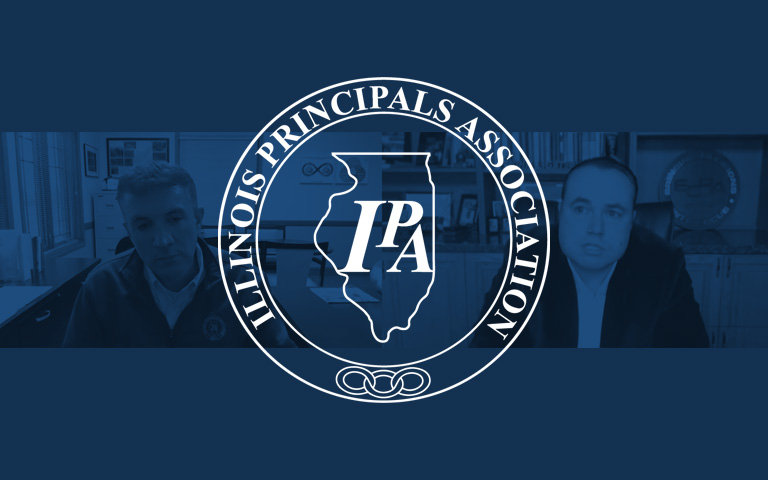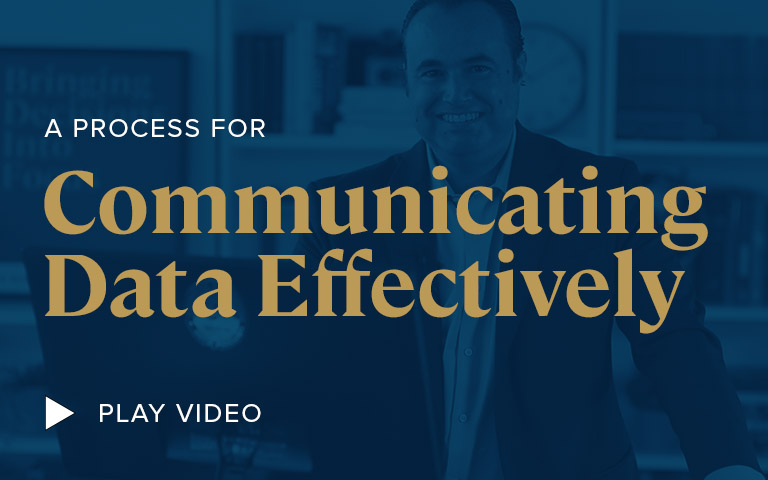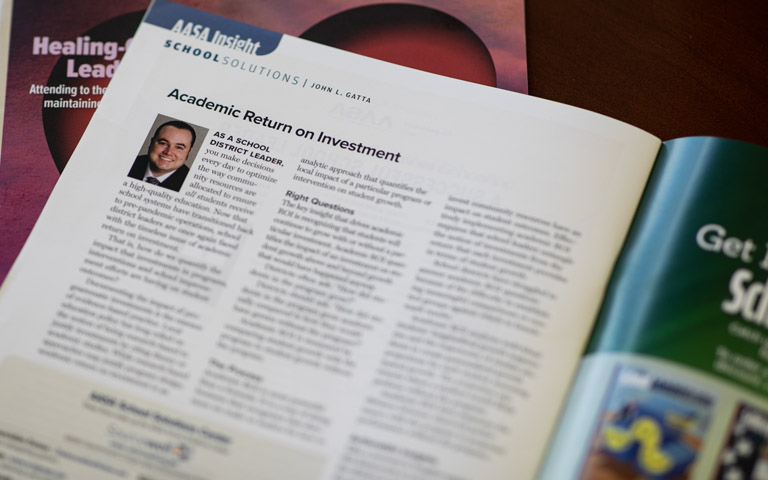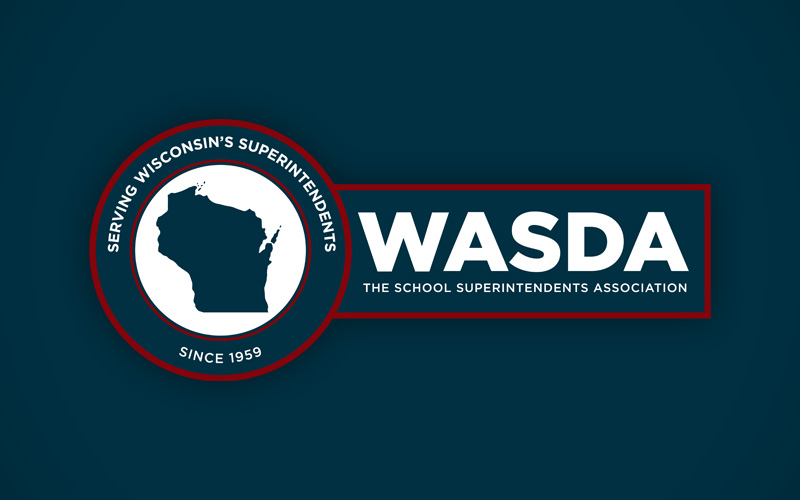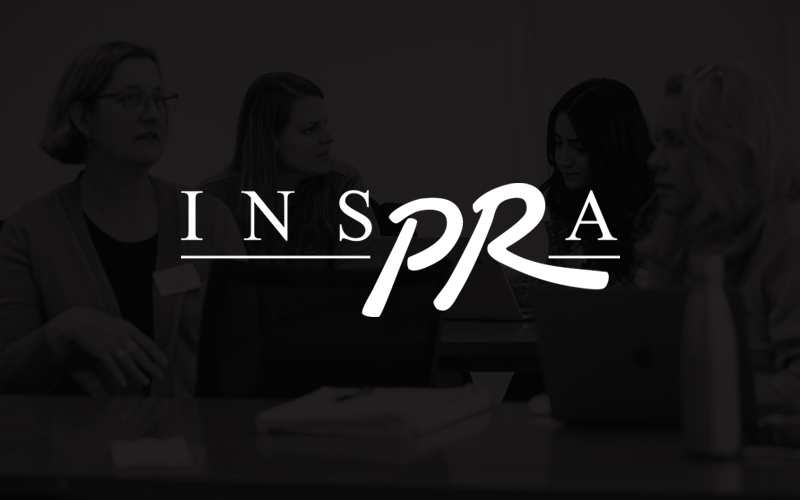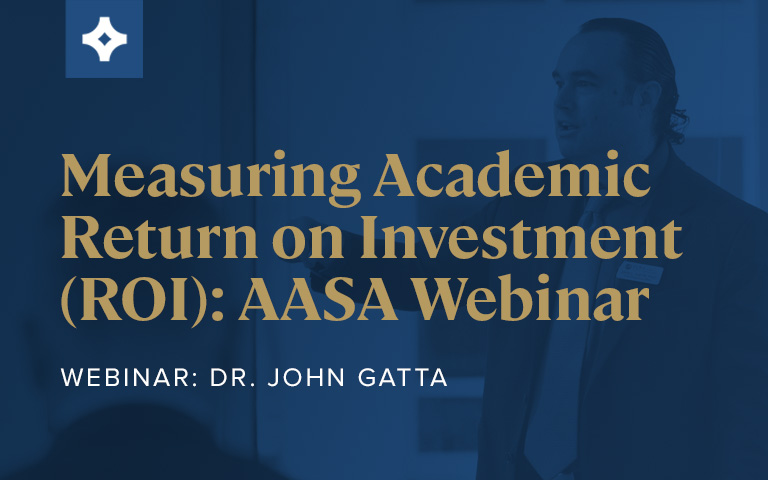IPA Webinar: Assessment and Accountability Discussion With Illinois Principals Association (IPA)
Dr. John Gatta, CEO of ECRA Group, recently talked with Jason Leahy, Executive Director for Illinois Principals Association (IPA), on the topic of assessment and accountability. They discuss the latest release of Illinois Report Card data and how districts can use ECRA’s Illinois Report Card Analysis report to communicate more effectively to boards and communities.…
Details
